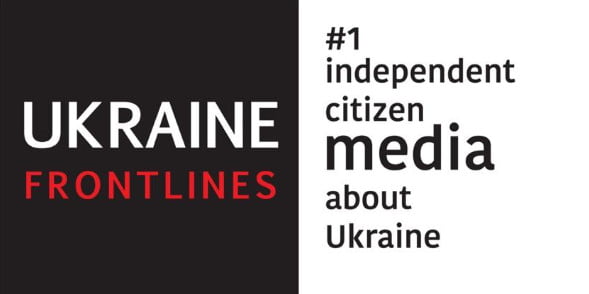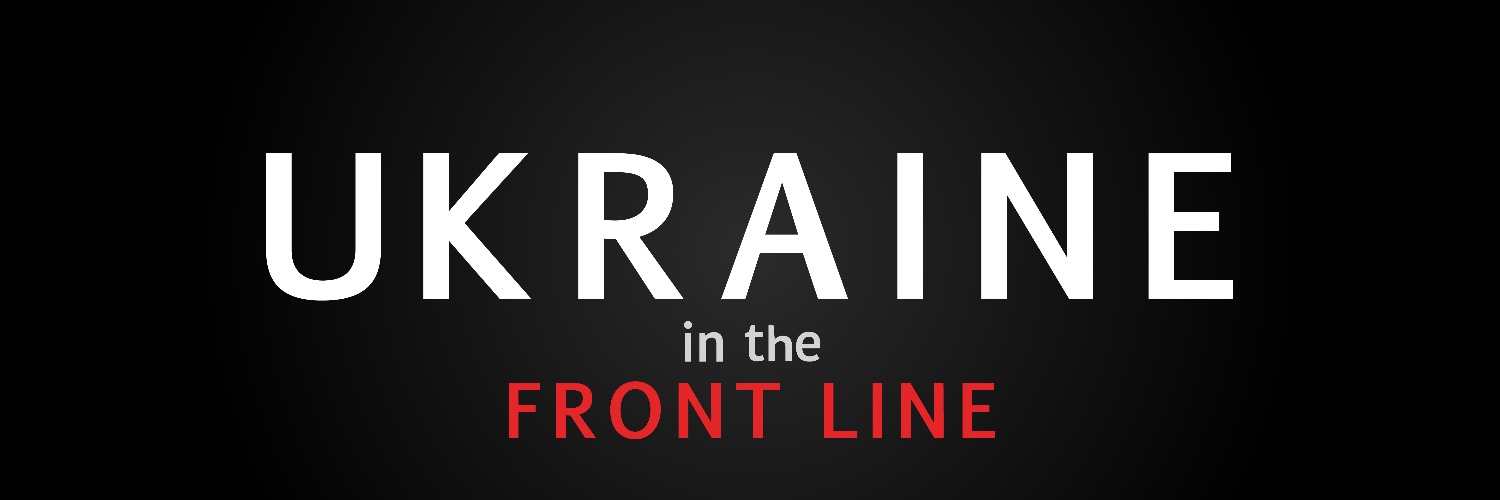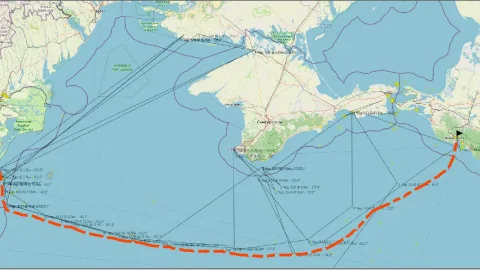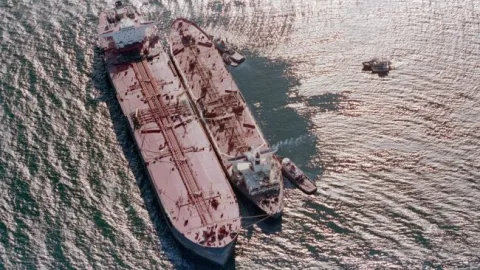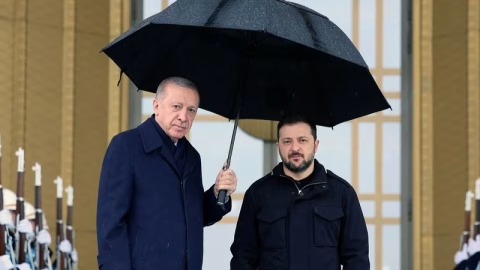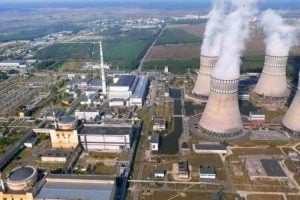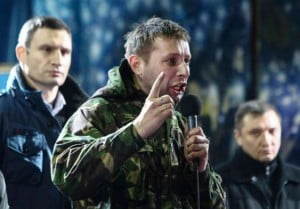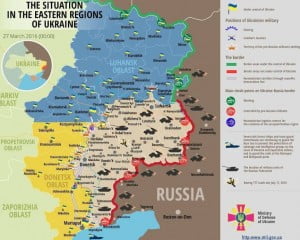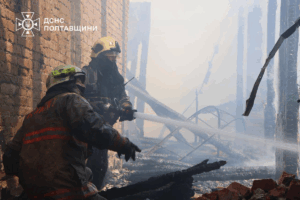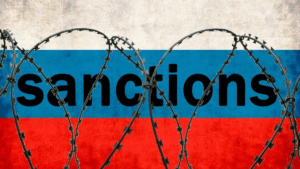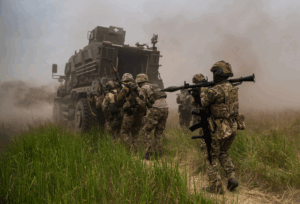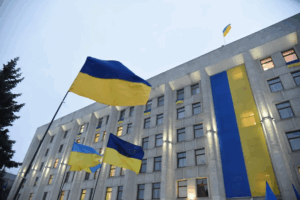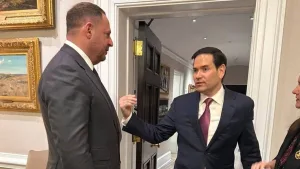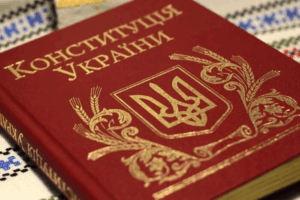Ukrainian intelligence has identified 20 more vessels belonging to Russia’s shadow fleet.
There are now 626 vessels in the list of Russia’s and Iran’s shadow tanker fleet.
HUR has identified 20 more vessels of Russia’s “shadow fleet” and 11 vessels of Iran’s “ghost armada.”
According to HUR’s press service, the “Shadow Fleet” section on the War&Sanctions portal now contains information on 626 vessels in the shadow tanker fleet of Russia and Iran, with a total deadweight of nearly 67 million metric tons.
“The identified 20 tankers of Russia’s ‘shadow fleet,’ lacking proper Western insurance, are facilitating Russia’s maritime exports of oil and petroleum products from ports in the Baltic and Black Seas, as well as from the Arctic and the Pacific,” the intelligence agency stated.
HUR added that in order to secure revenue from fossil fuel exports, Russia continues to expand its “shadow fleet” network by bringing in new, outdated tankers registered not only in Russia, but also under “phantom” owners and managers based in friendly jurisdictions — such as the Seychelles, China, Singapore, Azerbaijan, and India — and sailing under “flags of convenience” like Panama, Russia, Sierra Leone, and others.
According to intelligence, some of the identified tankers are linked to Russian companies, including sanctioned entities such as JSC Volgotanker, LLC Volgotrans, LLC Rosewood Shipping, LLC Eneya, LLC SBK Dolyna, LLC Ridni Polya, and LLC Staksel.
For example, LLC Staksel was transporting fuel oil on the tanker Volgoneft-212, which sank in December last year near the Kerch Strait. The incident caused an oil spill and an environmental disaster. Some of the identified oil tankers also call at ports in temporarily occupied Crimea.
Iranian tankers, meanwhile, generate substantial oil revenues that enable the country to continue developing and proliferating weapons, as well as carrying out destabilizing activities — including through its regional proxies. In addition, the Iranian government allocates billions of oil dollars annually to its armed forces, funding the development of UAVs, hundreds of which attack Ukrainian cities every night.
